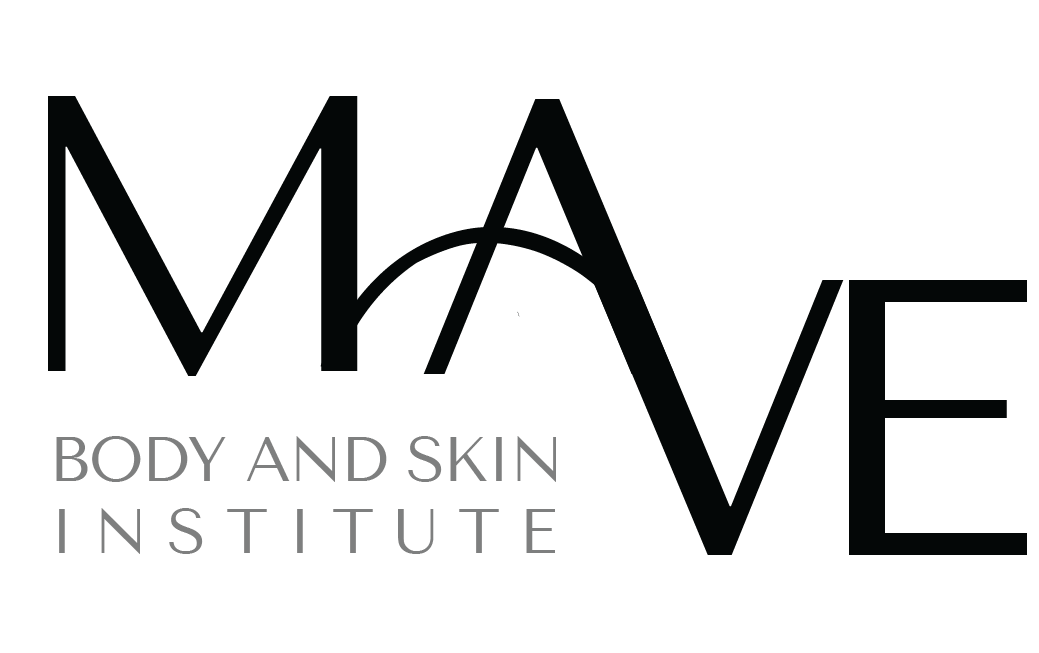Fat grafting, also known as fat transfer or autologous fat transplantation, is a cosmetic procedure that involves transferring fat from one area of the body to another to add volume, improve contour, and enhance overall appearance.
Fat grafting is typically performed in three steps: harvesting, processing, and injection. First, fat is harvested from donor sites such as the abdomen, thighs, or buttocks using liposuction. The harvested fat is then processed to remove excess fluids and impurities. Finally, the purified fat is injected into the desired area(s) to achieve the desired volume and contour.
Fat grafting can be used to enhance various areas of the body, including the face (cheeks, lips, under-eye hollows), breasts, buttocks (Brazilian butt lift), hands, and scars. It can also be used to fill in wrinkles and depressions in the skin.
The benefits of fat grafting include natural-looking and long-lasting results, minimal risk of allergic reactions or rejection (since the fat is harvested from the patient's own body), and the added benefit of contouring the donor site(s) through liposuction.
Candidates for fat grafting are individuals who have sufficient donor fat available for harvesting and who desire volume enhancement or contour improvement in specific areas of the body. Good candidates are generally in good overall health and have realistic expectations about the results of the procedure.
The longevity of fat grafting results can vary depending on individual factors such as metabolism, lifestyle habits, and the specific area(s) treated. Generally, a percentage of the transferred fat will be reabsorbed by the body over time, but the remaining fat cells can provide long-lasting results.
Recovery after fat grafting typically involves some swelling, bruising, and discomfort at both the donor and recipient sites. Patients may need to take a few days to a week off from work or other activities to rest and allow for healing. Your doctor will provide detailed post-operative instructions to help manage discomfort and promote optimal healing.
Like any surgical procedure, fat grafting carries some risks, including infection, bleeding, bruising, asymmetry, and changes in sensation at the donor and recipient sites. Additionally, there is a risk of fat absorption or uneven fat distribution, which may necessitate touch-up procedures for optimal results.
Yes, fat grafting can often be combined with other cosmetic procedures such as facelifts, breast augmentation or reconstruction, and body contouring procedures to achieve comprehensive rejuvenation and enhancement of the body's appearance.
To learn more about fat grafting and determine if it's the right option for you, schedule a consultation with a board-certified dermatologist or plastic surgeon who specializes in cosmetic procedures. During the consultation, your surgeon will assess your concerns, discuss your treatment goals, and recommend a personalized treatment plan based on your unique needs and anatomy.
Fat grafting, also known as fat transfer or autologous fat transplantation, is a cosmetic procedure that involves transferring fat from one area of the body to another to add volume, improve contour, and enhance overall appearance.
Fat grafting is typically performed in three steps: harvesting, processing, and injection. First, fat is harvested from donor sites such as the abdomen, thighs, or buttocks using liposuction. The harvested fat is then processed to remove excess fluids and impurities. Finally, the purified fat is injected into the desired area(s) to achieve the desired volume and contour.
Fat grafting can be used to enhance various areas of the body, including the face (cheeks, lips, under-eye hollows), breasts, buttocks (Brazilian butt lift), hands, and scars. It can also be used to fill in wrinkles and depressions in the skin.
The benefits of fat grafting include natural-looking and long-lasting results, minimal risk of allergic reactions or rejection (since the fat is harvested from the patient's own body), and the added benefit of contouring the donor site(s) through liposuction.
Candidates for fat grafting are individuals who have sufficient donor fat available for harvesting and who desire volume enhancement or contour improvement in specific areas of the body. Good candidates are generally in good overall health and have realistic expectations about the results of the procedure.
The longevity of fat grafting results can vary depending on individual factors such as metabolism, lifestyle habits, and the specific area(s) treated. Generally, a percentage of the transferred fat will be reabsorbed by the body over time, but the remaining fat cells can provide long-lasting results.
Recovery after fat grafting typically involves some swelling, bruising, and discomfort at both the donor and recipient sites. Patients may need to take a few days to a week off from work or other activities to rest and allow for healing. Your doctor will provide detailed post-operative instructions to help manage discomfort and promote optimal healing.
Like any surgical procedure, fat grafting carries some risks, including infection, bleeding, bruising, asymmetry, and changes in sensation at the donor and recipient sites. Additionally, there is a risk of fat absorption or uneven fat distribution, which may necessitate touch-up procedures for optimal results.
Yes, fat grafting can often be combined with other cosmetic procedures such as facelifts, breast augmentation or reconstruction, and body contouring procedures to achieve comprehensive rejuvenation and enhancement of the body's appearance.
To learn more about fat grafting and determine if it's the right option for you, schedule a consultation with a board-certified dermatologist or plastic surgeon who specializes in cosmetic procedures. During the consultation, your surgeon will assess your concerns, discuss your treatment goals, and recommend a personalized treatment plan based on your unique needs and anatomy.

